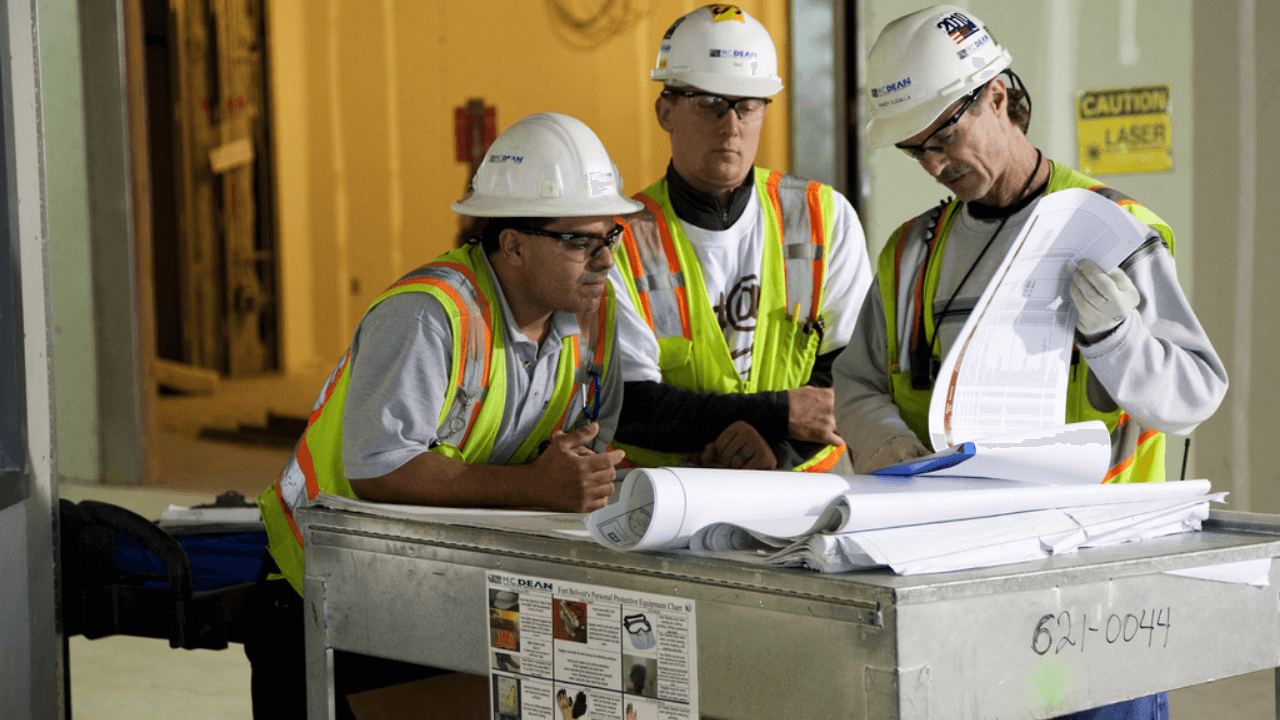As a Health and Safety Consultant, one of the most common questions I receive from employers and duty holders is: “How often must risk assessments be reviewed?” The simple answer is — risk assessments should be reviewed regularly and whenever necessary. But what does that mean in practice?
This article breaks it down clearly, referencing the latest UK health and safety regulations to ensure compliance, avoid legal pitfalls, and promote a safe working environment.
How Often Must Risk Assessments Be Reviewed? What the Law Says
The legal requirement to review risk assessments comes under the Management of Health and Safety at Work Regulations 1999. Specifically, Regulation 3(3) states:
“Any such assessment shall be reviewed by the employer or self-employed person who made it if—
(a) there is reason to suspect that it is no longer valid; or
(b) there has been a significant change in the matters to which it relates.”
In short:
Employers must review their risk assessments:
-
When there is reason to believe it’s outdated or invalid, and
-
When there is a significant change in the work process, environment, or personnel.
How Often Should You Review Risk Assessments? Best Practices
Although the law doesn’t specify exact time intervals, the Health and Safety Executive (HSE) recommends regular reviews, and the following best practices are widely accepted:
1. Annually
A minimum annual review is standard in many industries, especially where the work environment is stable. This ensures any gradual changes or oversight are caught in time.
2. After an Accident, Incident, or Near Miss
Any workplace incident, however minor, is a red flag that your risk controls may be failing. A review must be triggered immediately in these cases.
3. When There Are Significant Changes
Significant changes may include:
-
New equipment or machinery
-
New work processes or materials
-
Office relocations or refurbishments
-
Changes in personnel or roles
-
Introduction of new substances (e.g., COSHH)
4. After Legislation Changes
Regulatory updates (e.g., amendments to COSHH, DSEAR, or Manual Handling Regulations) may render previous risk assessments inadequate.
5. Periodic Reviews for High-Risk Industries
For high-hazard sectors like construction, chemical processing, or healthcare, quarterly or even monthly reviews may be appropriate due to the rapidly changing risk profiles.
What Does the Health and Safety Executive (HSE) Say?
The Health and Safety Executive (HSE) advises that risk assessments should be reviewed “regularly” and whenever there is reason to believe it is no longer valid.
From HSE guidance:
“You should review your risk assessment regularly, and especially when there have been significant changes or incidents.”
This flexible approach is designed to encourage businesses to take ownership of health and safety in real time, rather than sticking to arbitrary calendar-based checks.
How to Review a Risk Assessment Effectively
When reviewing a risk assessment, follow these steps:
-
Consult your employees – They often notice hazards before managers do.
-
Check incident logs and near-miss reports – These can reveal emerging risks.
-
Evaluate existing controls – Are they still effective, or do they need upgrading?
-
Update documentation – Record the date and reason for the review, even if no changes were necessary.
Key Takeaway: Risk Assessment Review Frequency
| Trigger for Review | Required Action |
|---|---|
| Workplace incident or near-miss | Immediate review |
| Significant changes in operations or staff | Immediate review |
| Introduction of new legislation or guidance | Prompt review |
| No major changes, but one year has passed | Best practice: conduct a review |
Why Reviewing Risk Assessments Matters
Failing to regularly review your risk assessment can have serious consequences:
-
Legal penalties: The HSE can prosecute under the Health and Safety at Work etc. Act 1974.
-
Increased accidents and liability: Outdated assessments fail to account for new hazards.
-
Insurance issues: Insurers may decline claims if risk controls are found to be lacking or outdated.
Documentation: What Should You Keep?
Each review should be documented with:
-
Date of review
-
Name and signature of the assessor
-
Summary of changes made
-
Reasons for the review (e.g., incident, new equipment)
Read Also: Who has a Responsibility in Identifying and Assessing Hazards
Keeping detailed records shows due diligence and will serve as critical evidence during inspections or investigations.
Recent HSE Guidance and Updates
As of the most recent HSE guidance in 2024:
-
Employers must ensure risk assessments are “suitable and sufficient” and remain live documents, not one-time exercises.
-
The HSE continues to emphasize proactive review cycles, particularly for hybrid working arrangements, mental health risks, and evolving technological workplaces.
Final Thoughts: Don’t Wait — Review When Needed
To wrap it up: Risk assessments must be reviewed regularly, but more importantly, they must be reviewed whenever circumstances change or there’s reason to doubt their validity.
Read Also: HASWA Places Legal Duties on Who?
As a Health and Safety Consultant, I recommend creating a risk assessment review schedule alongside a trigger-based review protocol to ensure full legal compliance and workplace safety.
Quick Checklist: When to Review Your Risk Assessment
-
Annually (at minimum)
-
After accidents or near misses
-
After significant changes in the workplace
-
Following legal or regulatory changes
-
When new equipment, chemicals, or processes are introduced
Need Professional Help?
If you’re unsure whether your current risk assessments meet the legal requirements, or if they need updating, don’t leave it to chance. Contact a qualified Health and Safety Consultant to audit your assessments and provide compliant, industry-specific recommendations.
